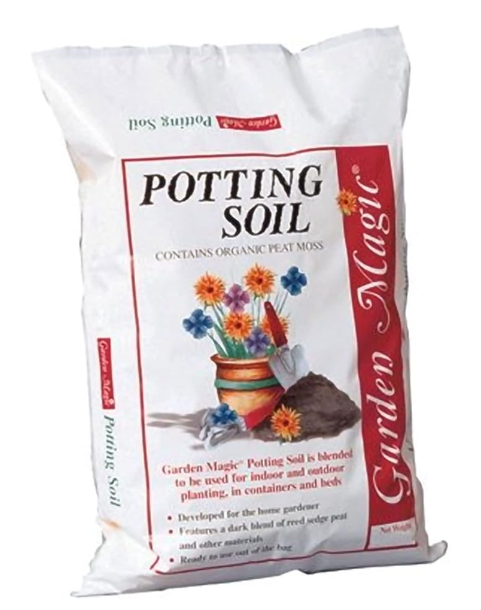How to Start a Vegetable Garden: A Step-by-Step Guide
How to Start a Vegetable Garden: A Step-by-Step Guide
Starting a vegetable garden is a rewarding way to enjoy fresh, homegrown produce while connecting with nature.
Whether you’re a beginner or looking to refine your gardening skills, this guide will walk you through the essential steps to create a thriving vegetable garden.
Step 1: Choose the Right Location
Selecting the perfect spot for your vegetable garden is crucial for success:
- **Sunlight**: Ensure the location receives at least 6-8 hours of direct sunlight daily.
- **Soil**: Good drainage is essential. Choose a spot with well-draining soil to prevent waterlogging.
- **Accessibility**: Pick a location that’s convenient for regular watering, weeding, and harvesting.
Step 2: Plan Your Garden
A well-thought-out plan will set your garden up for success:
- **Garden Size**: Start small, especially if you’re a beginner. A 10x10 foot plot is manageable and productive.
- **Layout**: Sketch a layout of your garden beds. Consider pathways for easy access.
- **Plant Selection**: Choose vegetables suited to your climate and growing season. Start with easy-to-grow varieties like tomatoes, peppers, lettuce, and carrots.
Step 3: Prepare the Soil
Healthy soil is the foundation of a productive garden:
- **Clear the Area**: Remove grass, weeds, and debris from your chosen location.
- **Test the Soil**: Use a soil test kit to check pH and nutrient levels. Most vegetables prefer slightly acidic to neutral soil (pH 6-7).
- **Amend the Soil**: Improve soil quality by adding organic matter such as compost, aged manure, or peat moss. This enhances fertility and structure.
Step 4: Build Your Garden Beds
Decide on the type of garden beds that suit your space:
- **In-Ground Beds**: Ideal for larger spaces. Till the soil to a depth of 8-12 inches and mix in organic matter.
- **Raised Beds**: Great for areas with poor soil. Build frames using wood, metal, or concrete blocks, and fill with a high-quality soil mix.
- **Container Gardening**: Perfect for small spaces or patios. Use large pots or planters with drainage holes.
Step 5: Plant Your Vegetables
Follow these steps to plant your garden:
- **Timing**: Plant cool-season crops (like lettuce and peas) in early spring and fall. Warm-season crops (like tomatoes and cucumbers) should be planted after the last frost.
- **Spacing**: Follow spacing guidelines on seed packets or plant labels to ensure adequate room for growth.
- **Planting**: Sow seeds or transplant seedlings according to their specific requirements. Water immediately after planting.
Step 6: Watering and Mulching
Proper watering and mulching are key to healthy plants:
- **Watering**: Water deeply and consistently. Aim for 1-2 inches of water per week, depending on weather conditions. Morning watering is best to reduce evaporation.
- **Mulching**: Apply a layer of mulch (straw, leaves, or wood chips) around your plants to retain moisture, suppress weeds, and regulate soil temperature.
Step 7: Maintain Your Garden
Regular maintenance will keep your garden productive:
- **Weeding**: Remove weeds regularly to prevent competition for nutrients and water.
- **Fertilizing**: Feed your plants with organic fertilizer or compost tea as needed, following the recommendations for each vegetable.
- **Pest Control**: Monitor for pests and diseases. Use organic methods like neem oil, insecticidal soap, or companion planting to manage issues.
Step 8: Harvest and Enjoy
Enjoy the fruits of your labor:
- **Harvesting**: Pick vegetables at their peak ripeness for the best flavor and nutrition. Use garden shears or a knife to avoid damaging plants.
- **Enjoying**: Incorporate your fresh produce into your meals, share with friends and family, or preserve for later use.
Starting a vegetable garden is a fulfilling journey that offers delicious rewards. If you have any questions or need more advice, please leave your comments below. We’re here to help you every step of the way!
Happy gardening, and may your vegetable garden thrive and bring you bountiful harvests!
.png)


















Comments
Post a Comment